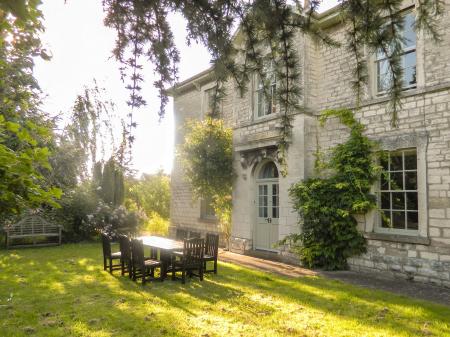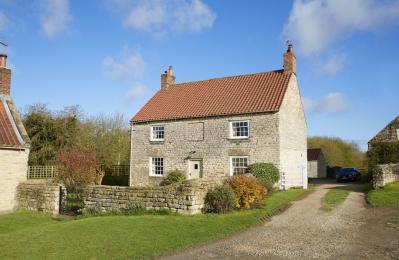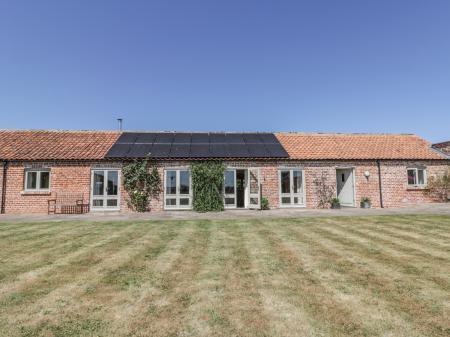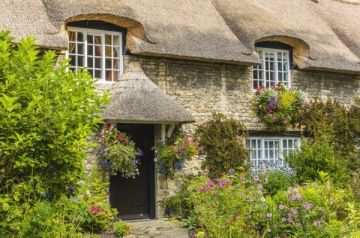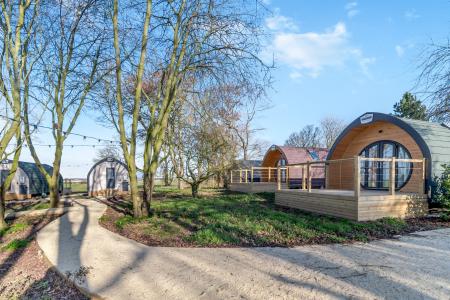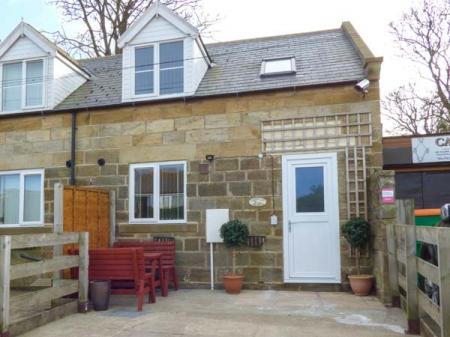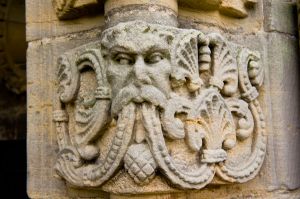
At first glance, you could be forgiven for thinking that St Michael's is an entirely Victorian church. Certainly, the round windows and Gothicised bellcote could never be mistaken for original Norman features. But the church we see today is the result of a top to bottom restoration beginning in 1871. The first church at Barton-le-Street was built about 1160, and the current building retains much of the original stonework.
St Michael's is famed for the wonderful carvings which decorate the church inside and out. The finest of these decorate the porch entrance arch, the south doorway, and the chancel arch. In addition, a frieze of sculpture runs around the inside of the chancel, high on the wall. These carvings were originally outside but were brought into the chancel for preservation during the Victorian restoration.
The porch is quite wonderfully carved, with diverse figures representing the seasons, the Adoration of the Magi, birds, dragons, signs of the Zodiac, and some bizarre human and mythological figures. Some of the carvings are quite obviously new, but many of these were carefully copied from much-worn originals.
The masons responsible for the original Norman carvings may have worked at the great cathedrals of Durham and York, and their work is of the very highest quality.
The carved capitals of the Norman arch are simply marvellous, executed with intricate designs that seem to breathe with life. Strange creatures peep through a maze of vines and leaves. A stone frieze decorated with interlaced geometric designs runs around much of the church at the level of the window sills. The only item of note that doesn't attempt to replicate the Romanesque period is a colourful organ case designed by Temple Moore.
Outside the porch is a much-worn stump of a churchyard cross.
I'm not always full of praise for Victorian 'restorers', but in the case of St Michael's, I have nothing but admiration for the quality of workmanship and the way they have retained the style and flavour of the superb Norman work. Barton-le-Street is a definite 'Don't Miss' church.
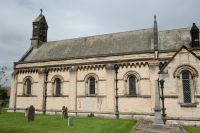
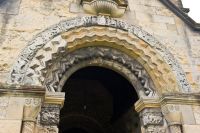
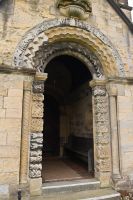
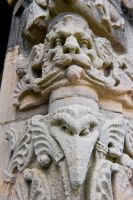
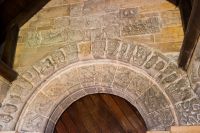
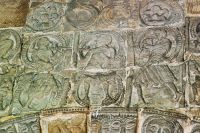
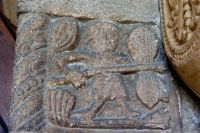
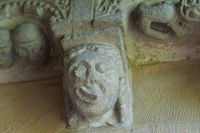
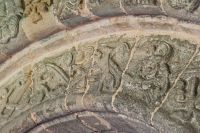
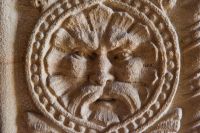
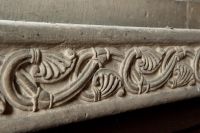
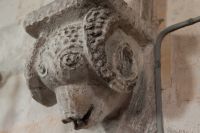
 We've 'tagged' this attraction information to help you find related historic attractions and learn more about major time periods mentioned.
We've 'tagged' this attraction information to help you find related historic attractions and learn more about major time periods mentioned.